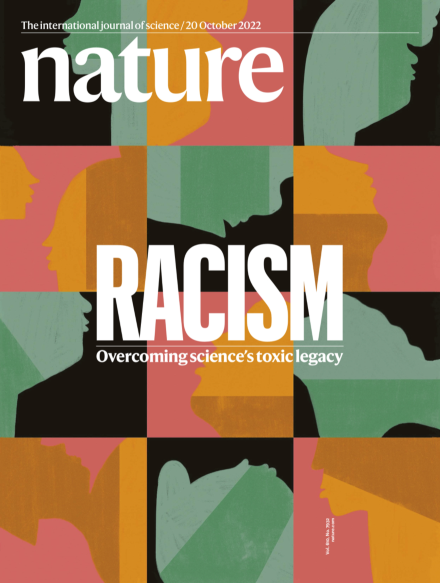Volume 610 Issue 7932, 20 October 2022
This Week
-
Editorial
-
News in Focus
-
Features
Opinion
-
Comment
Research
-
News & Views
Work
-
Feature
-
Where I Work
This Week
-
Research Highlights
News in Focus
-
News Round-Up
-
News
Opinion
-
Correspondence
Research
-
News & Views
-
Articles
-
Matters Arising

